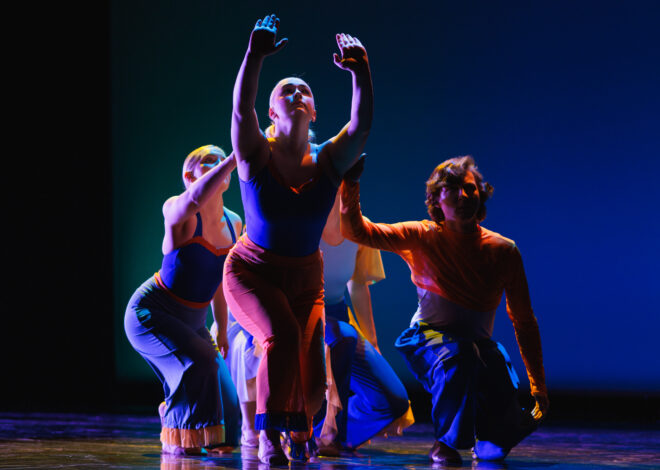Confront the Images of the Past
I was not a person who was educated about Native Americans and their history growing up. In fact, the Trail of Tears was the only piece of native history that I remember discussing in school.
When picking an honors seminar for this spring semester, I chose a class called Writing the Name of War: The Dakota War of 1862 in History and Memory.
I didn’t necessarily pick the class because I was interested in the content. I chose the class because it was taught by one of my favorite professors, Dr. Robert Welch, and I knew that he would be the one to teach me something that I would remember.
The class covered the events of the Dakota War of 1862 including the trials and hangings of 38 Dakota men, and the outcome of the war in the present day.
On Aug. 17, 1862, four young Dakota men killed five white settlers near Acton, Minnesota. That night, a Mdewakanton Dakota chief named Taoyateduta, also known as Little Crow, was convinced to lead the fight against the whites.
The next morning, Aug. 18, Dakota warriors attacked the Lower Sioux Agency. Other attacks during the war occurred at New Ulm, Fort Ridgely and Birch Coulee.
The Battle at Wood Lake took place on Sept. 23, 1862, and was the final battle in the war, resulting in a defeat for the Dakota.
Colonel Henry H. Sibley played a vital role in this battle and the Dakota War. Sibley had grown tight kinship bonds with the Dakota and had been an advocate for them. However, when the conflict broke out, Sibley had no sympathy for those who participated in the massacres and attacks on white civilians.
During this spring semester around late March, our class discussed the Dakota hangings, which were mostly led by Sibley. On Dec. 26, 1862, 38 Dakota men were hanged in Mankato, Minnesota. This became the largest one-day mass execution in United States history.
Our class discussed the hardships the Dakota faced in the time right after the war, as well as how they did not receive the chance for a fair trial.
During this discussion, there was a sentence that Dr. Welch said that resonated deeply with me, so much that I made sure to write it down word for word in my notes and listed it in bold.
“We need to be confronted by the images of the past,” Dr. Welch said.
It’s often said that history will repeat itself.
“The thing is all history is relevant,” Dr. Welch said. “It is how we got into this moment.”
Events from history that are rarely discussed, such as the Dakota War of 1862, suddenly are important when they become relevant to the present day.
The truth is that we can’t change the history of what happened, for it’s already history. What we can do is acknowledge and learn from the past to, hopefully, prevent the same thing from happening in the future.
If not, history will repeat itself all over again and be just a forgotten memory.

